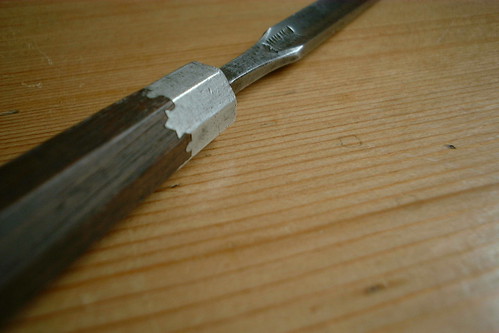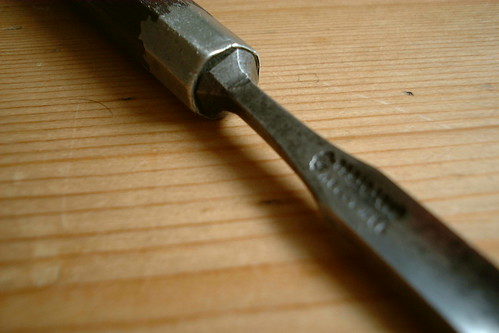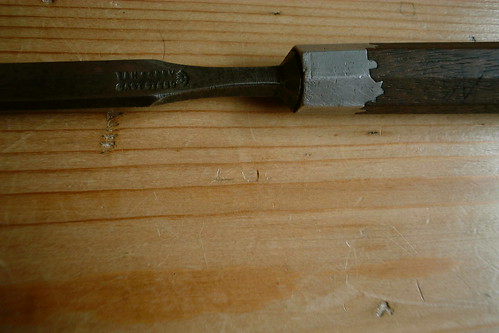pitch pine
Established Member
Anyone come across this before? The handle is inlaid with metal:
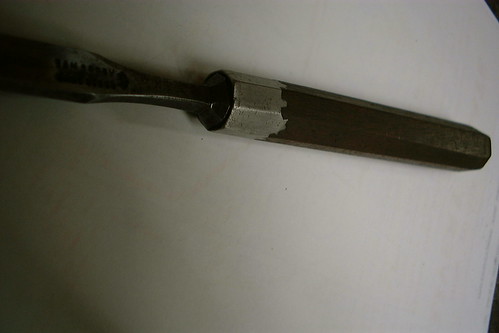 DSCF0283 by nick tasker, on Flickr
DSCF0283 by nick tasker, on Flickr
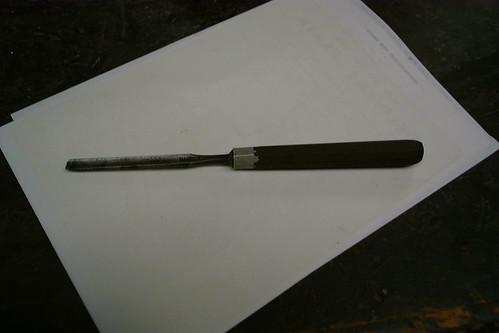 DSCF0279 by nick tasker, on Flickr
DSCF0279 by nick tasker, on Flickr
I wonder if it was another way of marking out tools that belong to you, rather than a name stamp.
I really like the feel of these small octagonal handles.
 DSCF0283 by nick tasker, on Flickr
DSCF0283 by nick tasker, on Flickr DSCF0279 by nick tasker, on Flickr
DSCF0279 by nick tasker, on FlickrI wonder if it was another way of marking out tools that belong to you, rather than a name stamp.
I really like the feel of these small octagonal handles.


































